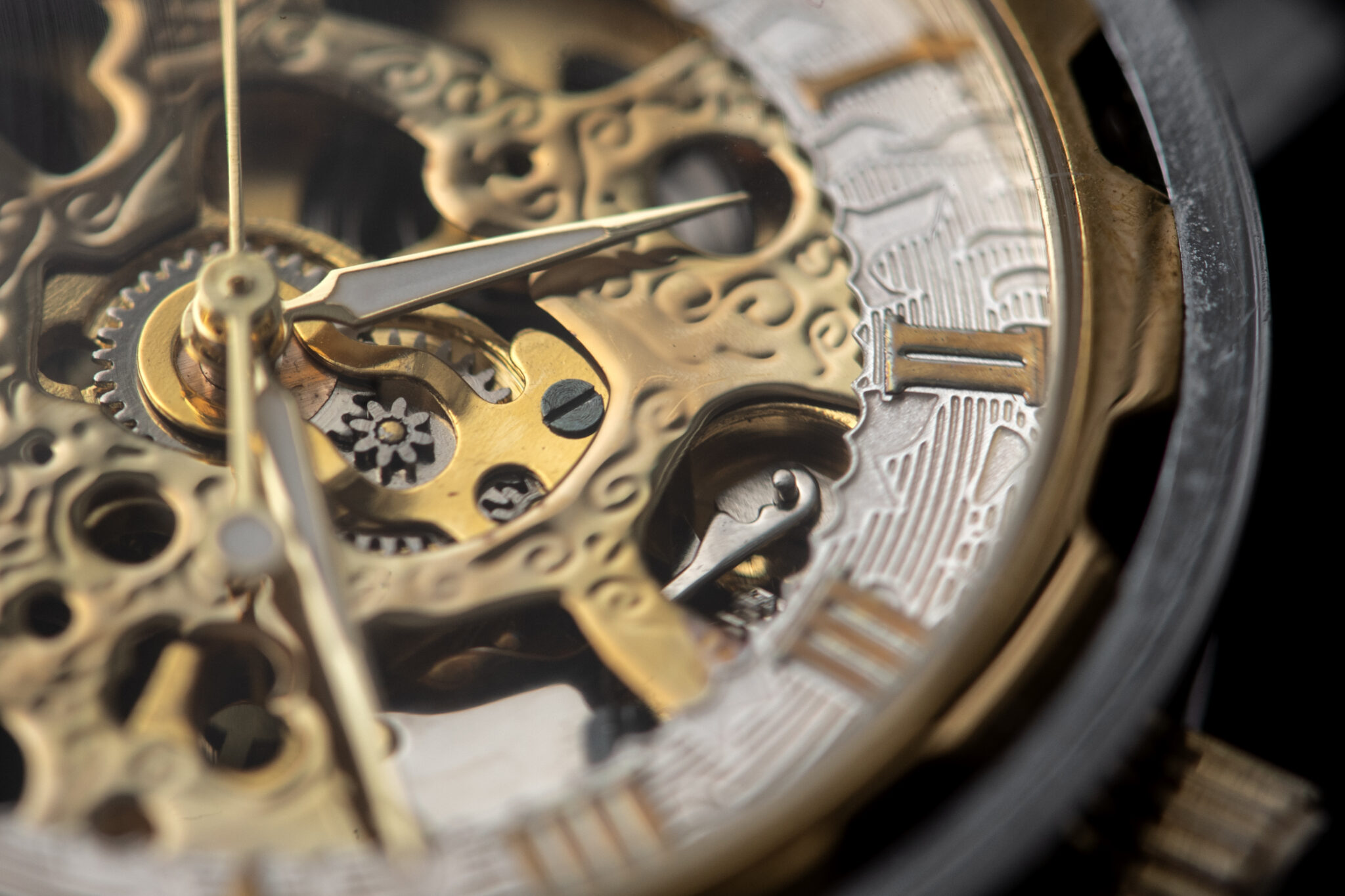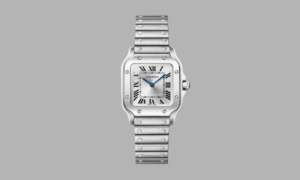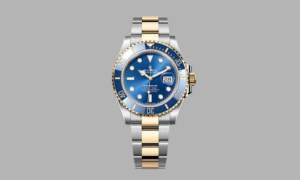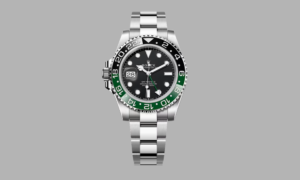How Does a Wristwatch Work? And What are Watch Movements?
Have you ever wondered how a wristwatch works? For years, I wore simple battery-operated watches without thinking much about what kept them ticking. They told the time, looked stylish, and that was enough.
But when I started exploring deeper, I came across something fascinating – the watch movement. Often called the heart of the watch, the movement is the mechanism inside that makes a watch tick, keeps time, and powers its hands. And here’s the interesting part: not all watch movements are the same.
In fact, watches are broadly classified into three types of movements: mechanical, automatic, and quartz. Learning about them opened my eyes to the rich world of horology (the art and science of measuring time).
Let me break it down.
Mechanical Watches – The First Watch Movement
The earliest wristwatches were mechanical watches, dating back to the 16th century. These are powered not by batteries, but by a mainspring – a tightly wound spring inside the watch.
When you manually wind the crown, the spring stores energy, which is then slowly released to power the gears and balance wheel. This creates the ticking motion we associate with classic watches.
Why collectors love them? Mechanical watches are admired for their artistry, tradition, and fine craftsmanship. They do require regular winding, but for watch enthusiasts, that ritual is part of their charm.
Automatic Watches – The Self-Winding Upgrade
Automatic watches are essentially mechanical watches with a smart twist. Instead of relying only on manual winding, they use a rotor (a semicircular weight inside the case) that winds the mainspring as you move your wrist.
That means as long as you wear your watch daily, it keeps running automatically – no winding required.
Why collectors love them? Automatics offer the best of both worlds – heritage and convenience. They showcase beautiful craftsmanship while being more practical than
purely mechanical models.
Quartz Watches – The Modern Game Changer
In the 1960s, the invention of the quartz watch revolutionized the industry. Unlike mechanical and automatic watches, quartz watches are battery-powered. The battery sends electricity through a quartz crystal, making it vibrate at a precise frequency, which in turn keeps extremely accurate time.
Why people love them? Quartz watches are affordable, low-maintenance, and far more accurate than traditional movements. All they need is a battery replacement every couple of years.
Mechanical vs Automatic vs Quartz: Which Watch Movement Is Best?
The best watch movement depends on what you value most:
Mechanical: A true collector’s choice – heritage, tradition, and hand-crafted artistry.
Automatic: The perfect balance of convenience and craftsmanship.
Quartz: Precision, affordability, and reliability.
For watch collectors, mechanical and automatic watches are considered timeless treasures, while quartz appeals more to those seeking practicality.
My Takeaway
After diving into this world, I’ve realized a watch is more than just a time-telling tool – it’s a story of engineering, heritage, and passion. And if you ask me, after doing my research, automatic watches have become my favourite. They combine the charm of tradition with
the ease of modern convenience.
One thing’s for sure: once you understand the different types of watch movements, you’ll never look at a wristwatch the same way again.
 ENG
ENG FRE
FRE

 ENG
ENG FRE
FRE




